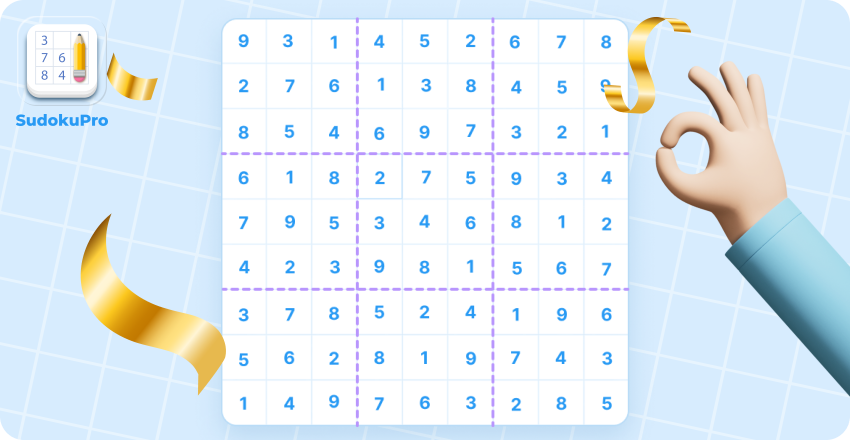How to Play Sudoku: Step-by-Step Explanations to Master the Logic Puzzle
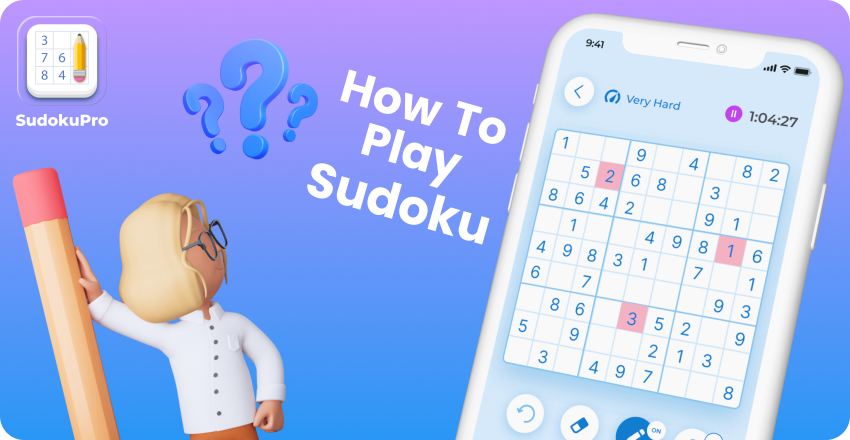
The objective of the Sudoku game is to place numbers from 1 to 9 in a grid without repeating them in a row, column, or 3x3 section. To solve the puzzle, you need to use the method of elimination and logical thinking. Therefore, gradually discard unnecessary options and determine what numbers are still missing in the 9x9 grid. Play Sudoku easily with the following five steps:
Step 1 - Get familiar with the Sudoku grid
Step 2 - Understand the Sudoku rules
Step 3 - Start the game
Step 4 - Determine the numbers in each section
Step 5 - Continue following the same steps until the puzzle is successfully solved
Step 1: Get familiar with the Sudoku grid
Each Sudoku puzzle contains a 9x9 grid consisting of 9 rows and 9 columns. This grid is divided into nine 3x3 sections, which makes a total of 81 cells. You can see an example below:
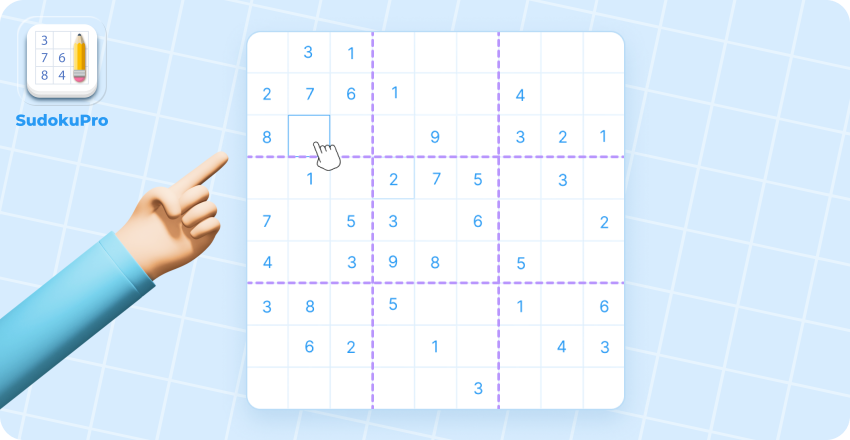
Step 2: Understand the Sudoku rules
Sudoku puzzles are focused on a fundamental rule that requires filling the grid with numbers in a way that each row, column, and 3x3 section contains numbers from 1 to 9 without repetition.
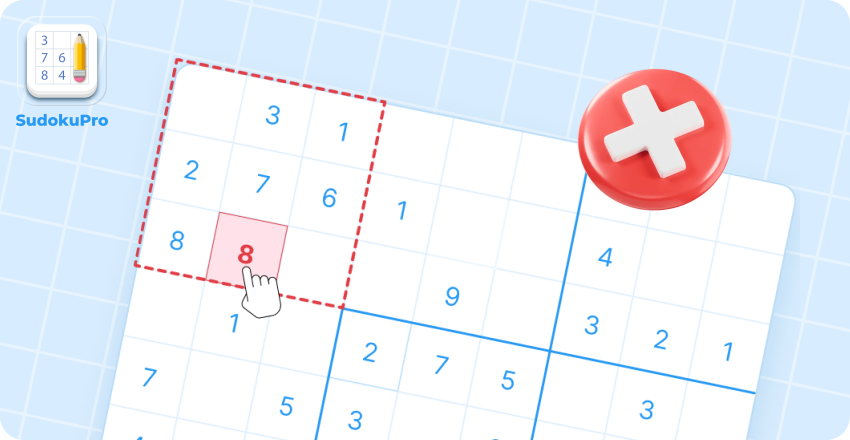
Step 3: Start the game
Before you start playing, you need to learn the rules and then analyze the grid to fill in the empty cells with certain numbers. At the beginning, some of the cells are already filled with numbers. The difficulty of the game depends on how many numbers are already added to the grid. You can start with the row, column or 3x3 section with the most numbers to increase your chances of solving the puzzle. It is easy to fill in the selected section of the grid using the process of elimination:
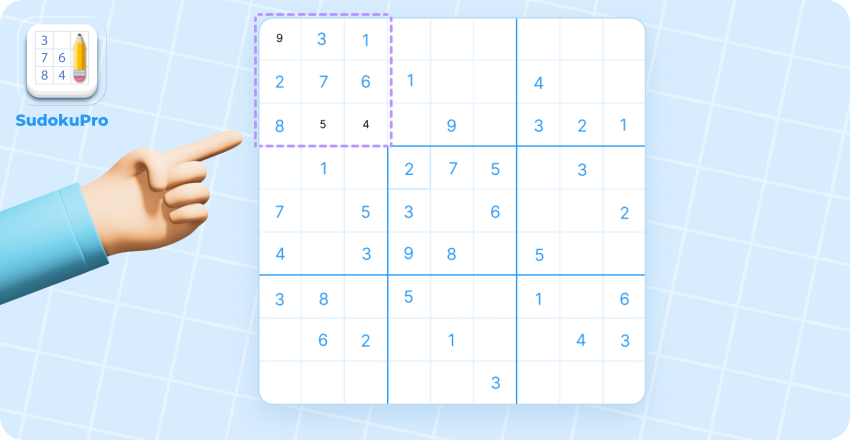
Step 4: Determine the numbers in each section
As you begin to fill in the grid cells, the next moves will become more obvious and the positions of the numbers will be more prominent. This will allow you to complete the rest of the empty cells in the grid. Keep in mind that some numbers you enter may not unlock a new cell.
Step 5: Continue following the same steps until the puzzle is successfully solved
Repeat the steps until all empty cells are filled in to complete the game.
